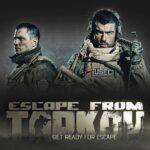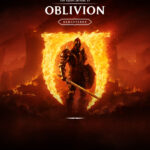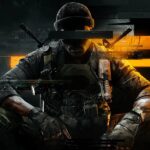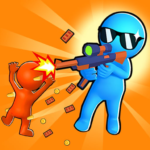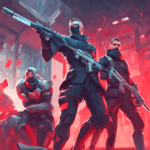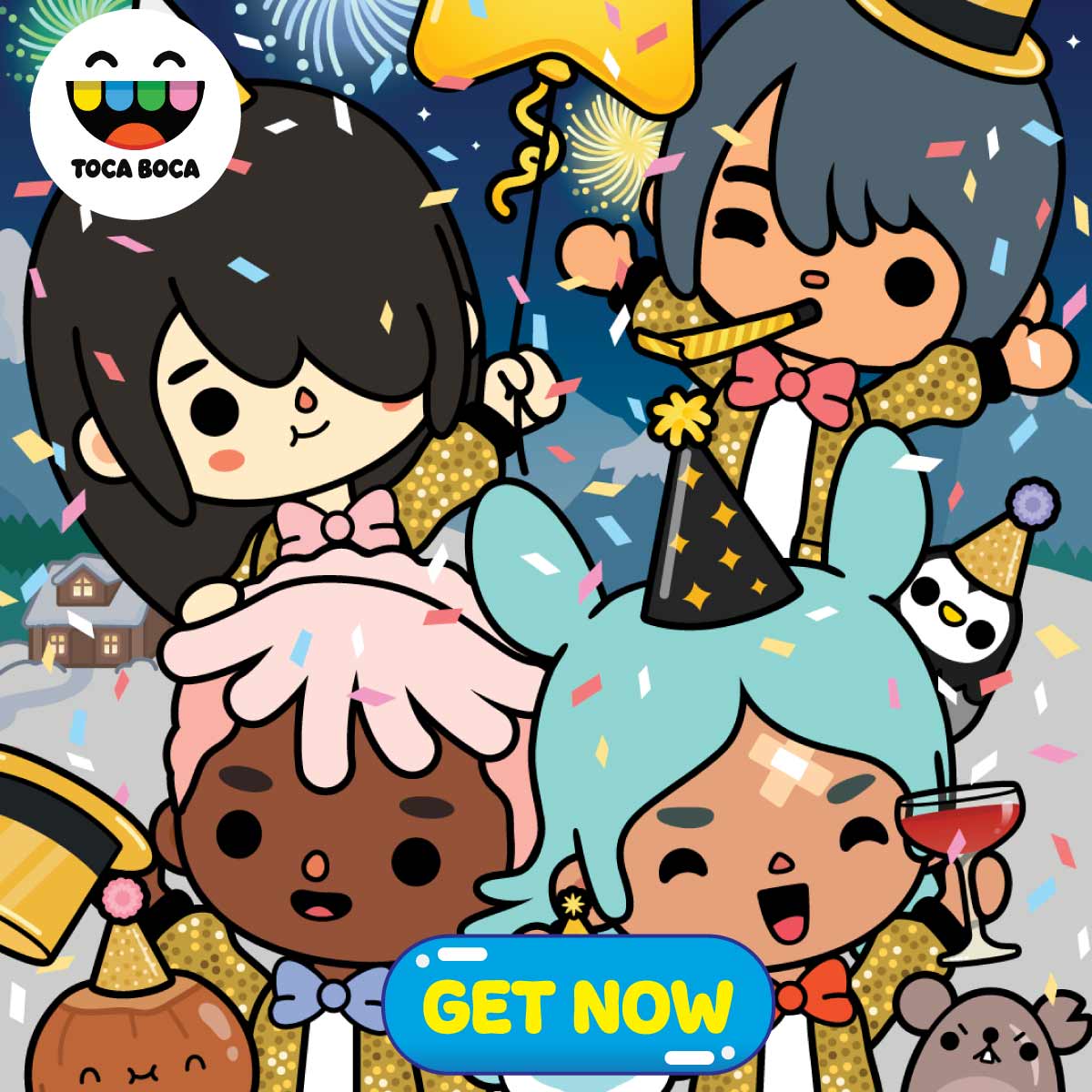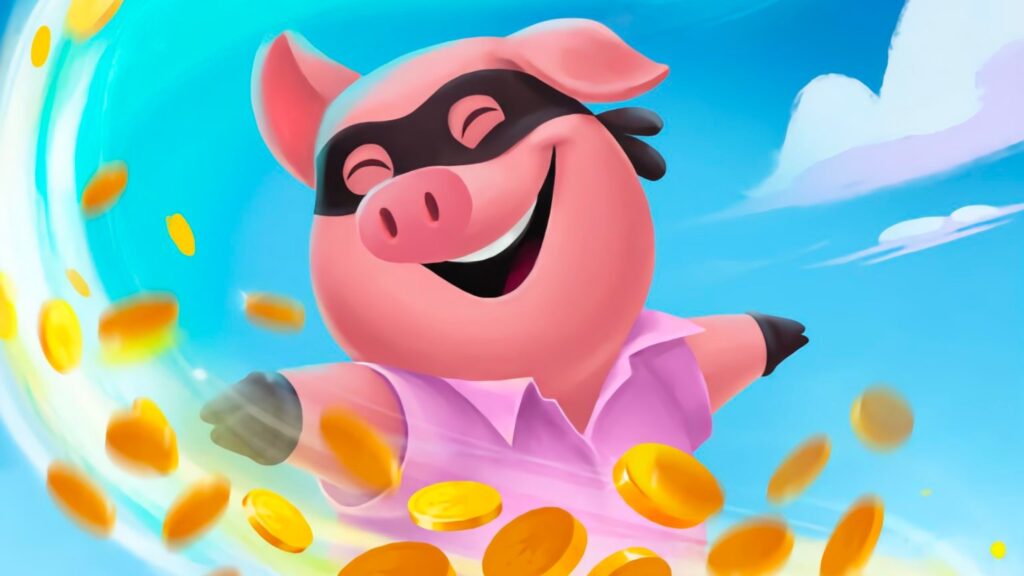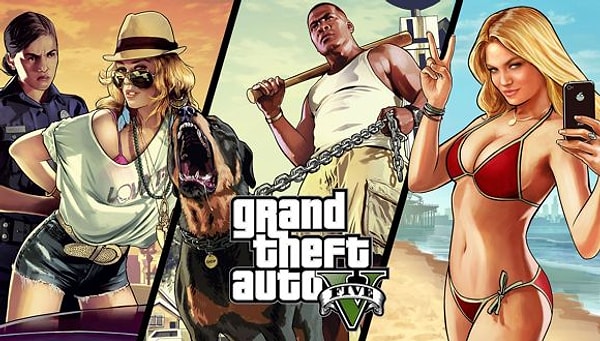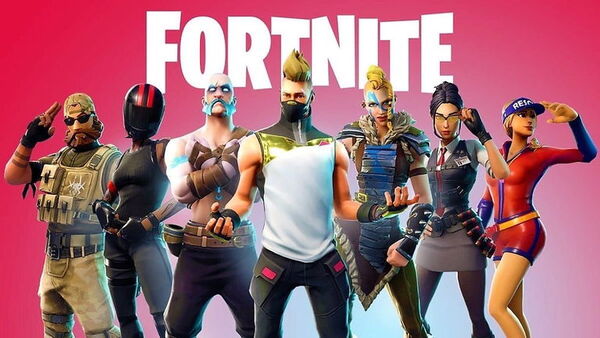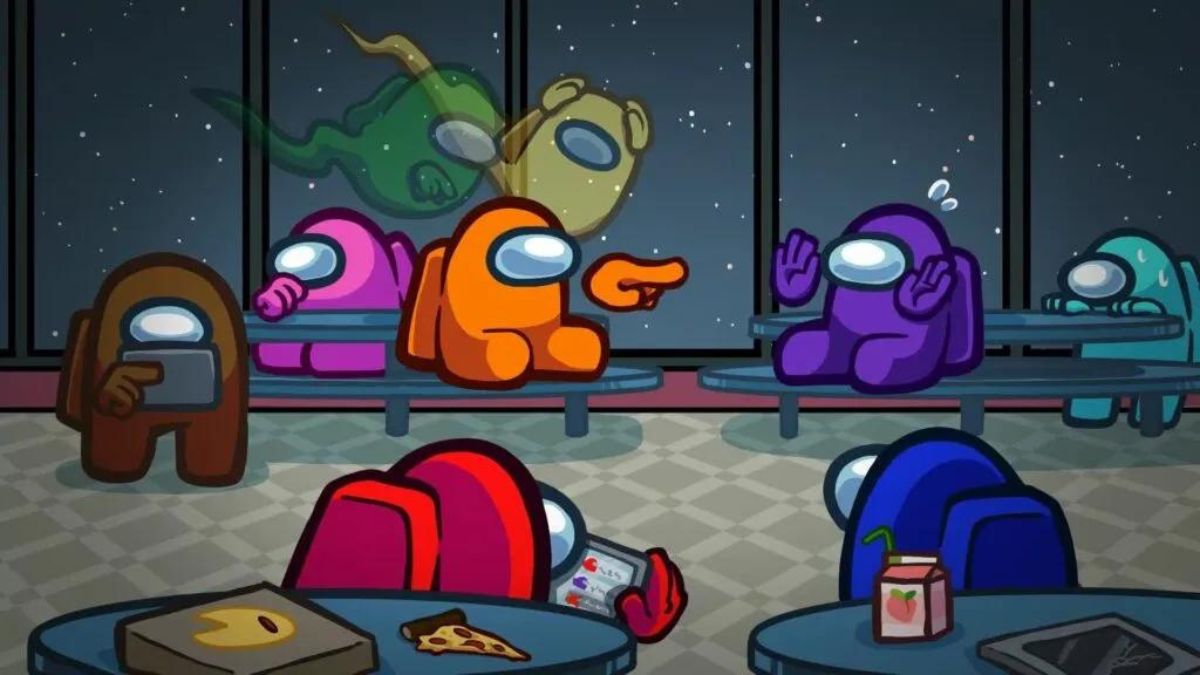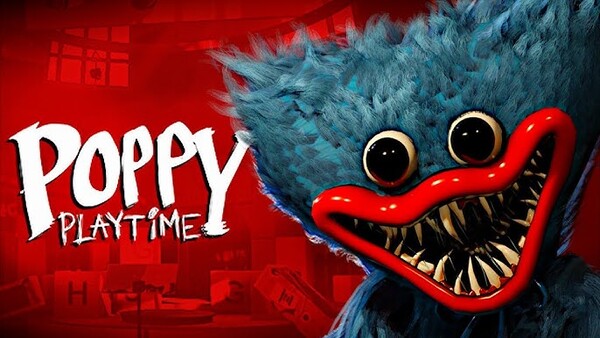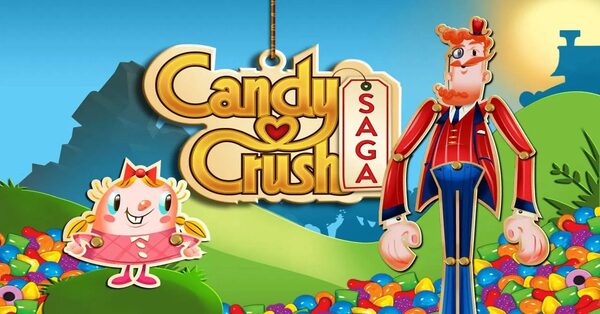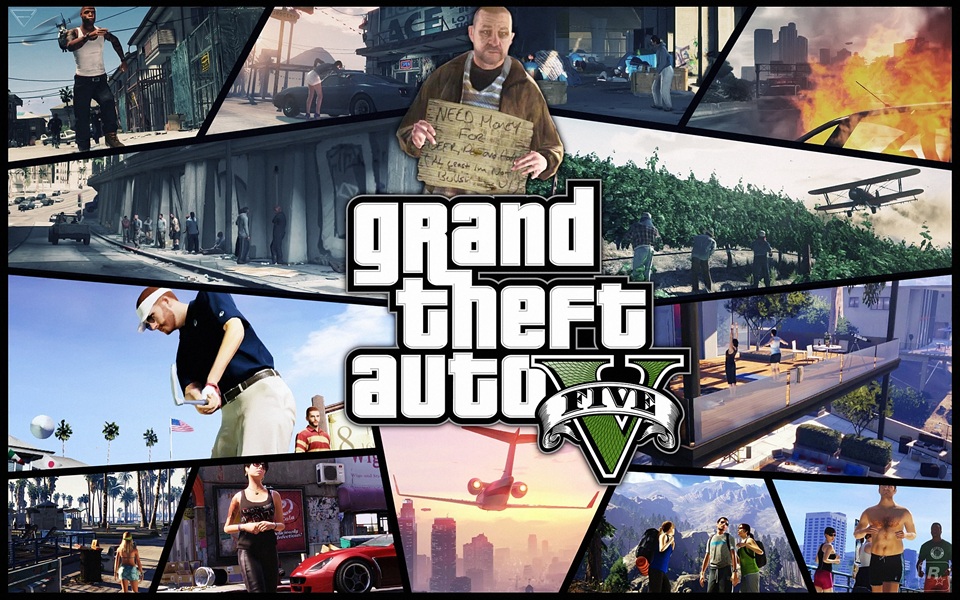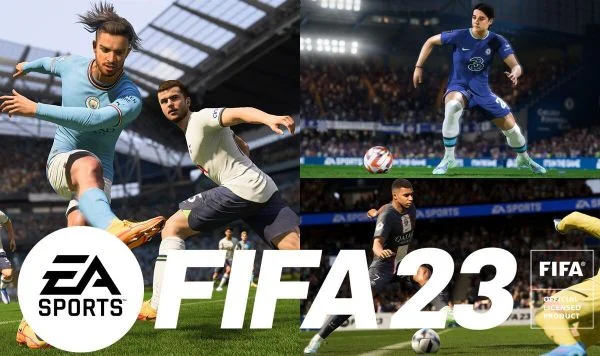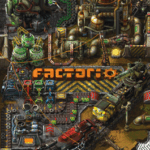Introduction: The Global Rise of PUBG Mobile PUBG Mobile, developed by Tencent Games and PUBG Corporation, has redefined mobile gaming since its global release in 2018. Adapted from the original PC and console version of PlayerUnknown’s Battlegrounds, PUBG Mobile introduced the thrill of the battle royale genre to smartphones, capturing millions of players worldwide. With its intense survival mechanics, large-scale maps, and competitive multiplayer experience, the game remains a dominant force in the mobile esports and casual gaming landscape.
- Development Background and Global Expansion
Tencent Games collaborated with Bluehole and PUBG Corp to ensure the mobile version retained the core mechanics and intensity of the original game. The project was ambitious: to create a console-level battle royale experience optimized for touch devices.
Strategic Global Launch The game debuted in China as Game for Peace before launching globally. Its free-to-play model and regional optimization helped it gain a foothold in emerging markets such as India, Southeast Asia, and South America.
Cultural Adaptations Local servers, language options, and region-specific events helped PUBG Mobile thrive in diverse markets. The introduction of lighter versions like PUBG Mobile Lite further expanded accessibility.
- Core Gameplay Mechanics and Match Structure
PUBG Mobile pits 100 players against each other on a shrinking map, with the goal of being the last one standing. The gameplay balances strategy, reflexes, and resource management.
Battle Royale Format Players parachute onto various maps, scavenge for gear, and engage in firefights. The playable area contracts periodically, forcing confrontations and intensifying the match pace.
Modes and Variants
- Classic mode (Erangel, Miramar, Sanhok, Vikendi)
- Arcade mode
- Payload and Infection modes
- EvoGround with special gameplay modifications
- Maps and Environmental Dynamics
Maps in PUBG Mobile vary in size, terrain, and complexity, influencing play styles and strategy.
Iconic Maps
- Erangel: Balanced and beginner-friendly
- Miramar: Open and long-range focused
- Sanhok: Dense jungle and quick matches
- Livik: Compact map designed for mobile
Environmental Features Weather effects, destructible elements, and vehicles create dynamic engagement opportunities. Each map provides unique challenges in both solo and squad play.
- Weapons, Attachments, and Loadouts
PUBG Mobile boasts a wide arsenal of firearms, melee weapons, and throwable items. Attachments play a crucial role in enhancing performance.
Weapon Categories
- Assault Rifles (M416, AKM, Scar-L)
- Snipers (Kar98k, AWM)
- SMGs (UMP45, Vector)
- Shotguns and Pistols
Attachment Strategy Scope magnification, recoil control, and extended magazines influence accuracy and damage. Players must adapt loadouts to suit terrain and game phase.
- Graphics, Controls, and Performance
PUBG Mobile pushes the limits of mobile graphics with customizable settings to suit various device capabilities.
Visual Settings From Ultra HD textures to smooth frame rates on lower-end devices, the game allows players to tweak visuals for optimal performance.
Control Customization Players can personalize HUD layout, sensitivity, and button mapping. Gyroscope support adds another layer of aiming precision.
- Multiplayer, Teams, and Community Play
Social interaction is at the heart of PUBG Mobile. Players can form squads, join clans, and communicate through built-in voice chat.
Team Dynamics Effective team coordination often determines match outcomes. Revives, strategic callouts, and role specialization enhance tactical play.
Clan System Clans offer progression rewards, tournaments, and social bonding. Global and regional leaderboards incentivize competitive spirit.
- Seasonal Events and Ranked Tiers
Regular content updates and ranked seasons keep gameplay fresh and engaging.
Ranked Play Players progress through tiers from Bronze to Conqueror. Points are earned through performance, survival time, and kills.
Event Examples
- Royale Pass missions and rewards
- Themed events (e.g., Halloween, anniversary)
- Crossovers with franchises like Metro Exodus and Godzilla
- Monetization and Cosmetics
PUBG Mobile uses a free-to-play model with optional in-game purchases for cosmetics, crates, and passes.
Royale Pass System The battle pass offers exclusive skins, emotes, and currency. A tiered system encourages daily engagement.
Pros and Cons Pros:
- No pay-to-win mechanics
- Cosmetic-only purchases Cons:
- Gacha-style crate system can be grindy
- Limited transparency in item drop rates
- Esports Scene and Competitive Ecosystem
PUBG Mobile has cultivated a thriving esports scene, with regional leagues and global championships.
Major Tournaments
- PUBG Mobile Global Championship (PMGC)
- PUBG Mobile Pro League (PMPL)
Impact on Industry Esports has driven device sponsorships, content creation, and regional pride. It has legitimized mobile gaming as a serious competitive platform.


